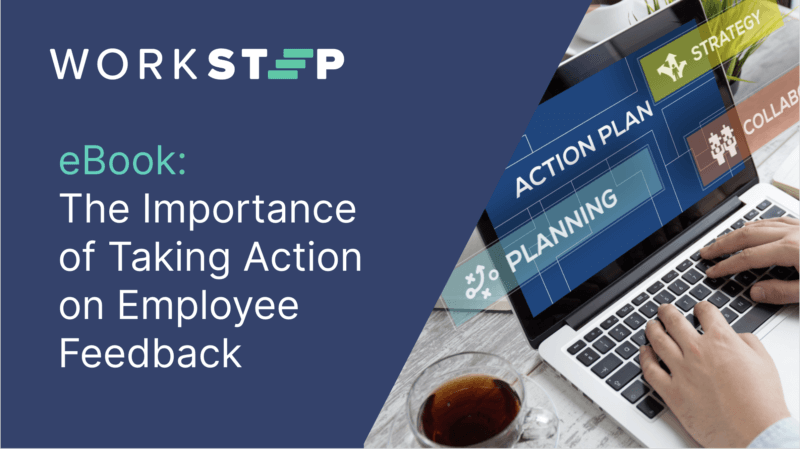The problem with benchmarking: why it’s time to rethink your approach
February 20, 2025
For decades, benchmarking has been the go-to strategy for organizations trying to measure employee engagement. It’s a logical starting point—after all, understanding how your company stacks up against industry peers feels like a step toward improvement. But if you really think about it, benchmarking is more about ego than effectiveness. It’s time for organizations to move away from this outdated approach and embrace action-oriented insights that actually drive change.
Benchmarking: a distraction from what really matters
Benchmarking gives you a surface-level view of how your organization compares to others, but it doesn’t tell you what KPIs truly matter.
A company might find that its benefits satisfaction scores are lower than the industry average, but does that really impact turnover? Or is leadership development a bigger driver of employee retention? Without understanding the root causes behind engagement data, leaders are making blind guesses rather than informed decisions.
Instead of using benchmarking as a crutch, organizations should focus on causation; identifying the real factors driving employee satisfaction, productivity, and retention. With AI-powered analytics and continuous listening, companies can pinpoint exactly which workplace elements are impacting business outcomes.
For example, instead of worrying about a low industry ranking in career growth satisfaction, a company can analyze internal data to see what’s actually influencing turnover. If frontline leadership quality is responsible for 40% of departures, that’s where efforts should be concentrated—not on generic industry comparisons.
Tune into your frontline with WorkStep
With the frontline employee engagement platform that delivers the real-time insights you need to take action, retain your workforce, and drive your business forward.
The pitfall of ignoring context
A LinkedIn open forum on the topic of benchmarking highlights that the biggest risk is the lack of context.
Each organization has different values, cultures, resources, capabilities, and workforce compositions, which means what works for one company may be irrelevant, or even counterproductive, for another.
A food processing company with 90% of its employees working on production lines shouldn’t be compared to a microchip manufacturer where the workforce is primarily salaried professionals.
A retailer with a seasonal workforce has fundamentally different engagement drivers than a logistics company operating in high-stress, 24/7 environments.
Yet, benchmarking encourages organizations to compare themselves to industry peers without considering their unique operational realities. Even within the same industry, operational structures and workforce compositions vary so widely that comparing scores can lead to false conclusions.
This aligns with a key critique from Company Sights: inaccurate or incomplete benchmarking data can lead to misguided decisions, while overemphasizing imitation over innovation can stifle a company’s unique potential. Instead of focusing on what makes their organization unique, companies fall into the trap of copy-pasting best practices that may not fit their workforce, operations, or strategic goals.
Rather than making these unrealistic or inappropriate comparisons, companies should focus on data-driven causation rather than broad comparisons.
What is actually driving turnover, disengagement, or safety concerns in your company?
That’s the question that needs answering.
Breaking free from benchmarking blind spots
The biggest risk of benchmarking isn’t just that it’s ineffective—it actively creates blind spots. Leaders can become fixated on improving the wrong metrics simply because they appear weak compared to competitors. Meanwhile, the actual drivers of turnover, disengagement, and absenteeism go unaddressed.
By shifting away from benchmarking and toward predictive, real-time insights, organizations can finally focus on what truly matters: taking targeted action that improves both employee experience and business performance.
It’s time to stop chasing industry norms and start setting new standards for success.
Kayla Pimentel, | kayla@workstep.com
Kayla Pimentel serves as a Demand Generation Associate at WorkStep. Leveraging her diverse background in sales and marketing, she is enthusiastic about sharing insights about how to make the frontline a better place to work.



